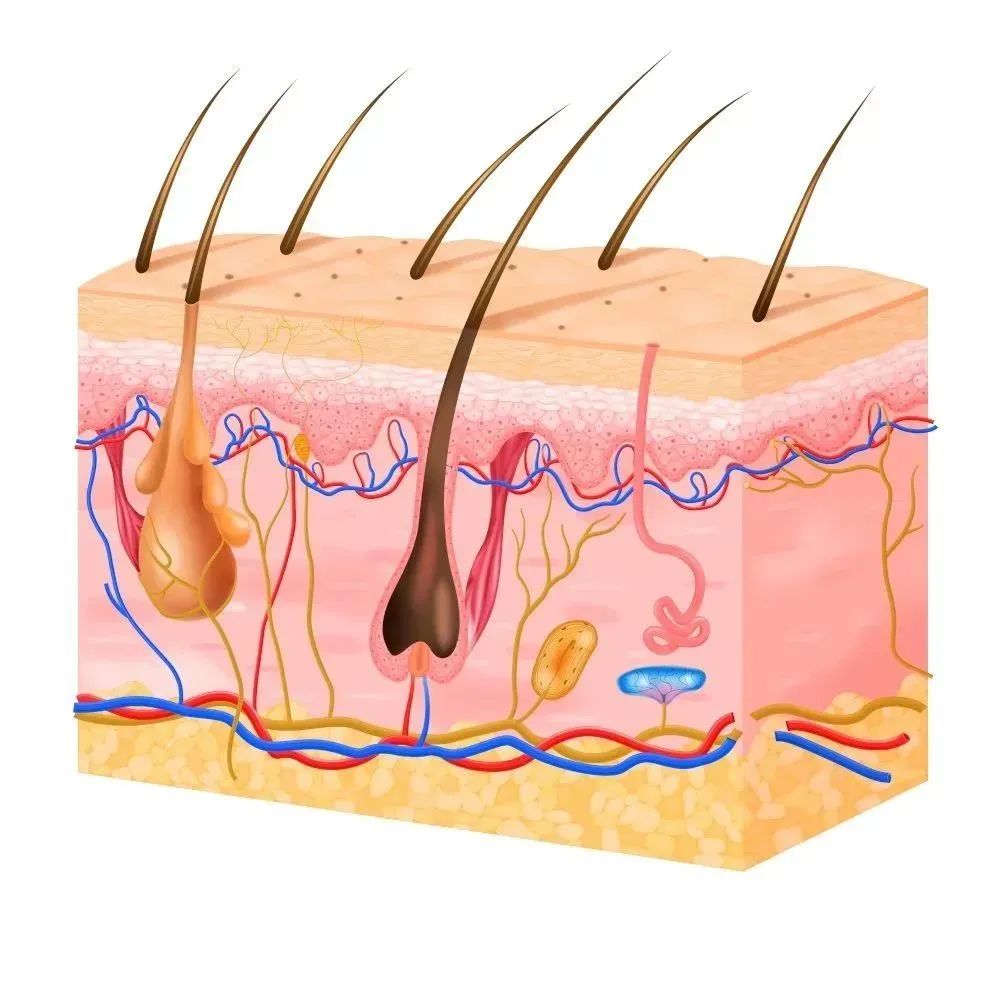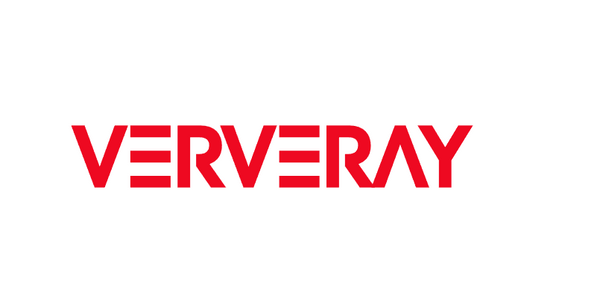
What is Red Light Therapy?
Share
Red light therapy (RLT) is a non-invasive treatment that utilizes specific wavelengths of light to penetrate the skin and promote healing at a cellular level. This therapy has been widely researched for its ability to improve skin health, stimulate hair growth, alleviate pain, and accelerate recovery. Here is a breakdown of the scientific principles and effects of red light therapy:
Scientific Principles of Red Light Therapy
-
Wavelengths and Penetration
Red light therapy uses light in the wavelength range of 600 to 1000 nanometers, with red light typically in the range of 630 to 660 nanometers and near-infrared light in the range of 810 to 850 nanometers. These specific wavelengths can penetrate the skin deeply, reaching the dermis, hair follicles, and even muscles and joints. -
Mitochondrial Stimulation
When red light penetrates the skin, it is absorbed by the mitochondria (the energy powerhouses of cells). This absorption stimulates the mitochondria to produce more ATP (adenosine triphosphate), the molecule that provides energy for cellular processes. The increased ATP production helps cells function more effectively, repair damaged tissues, and reduce inflammation. -
Collagen Production
Red light therapy stimulates fibroblast cells in the skin, which are responsible for producing collagen and elastin fibers. Collagen is essential for maintaining skin elasticity and firmness, which is why RLT is often used to reduce wrinkles and fine lines. -
Blood Circulation Improvement
The light from RLT stimulates the production of nitric oxide, a molecule that helps dilate blood vessels, improving blood flow and circulation. Enhanced circulation promotes the delivery of oxygen and nutrients to cells, speeding up the repair process and reducing inflammation.
Effects of Red Light Therapy
-
Skin Rejuvenation and Anti-Aging
One of the most popular uses of red light therapy is in skin rejuvenation. By promoting collagen production and improving blood circulation, RLT helps to reduce wrinkles, fine lines, and other signs of aging. It also enhances skin texture, tone, and elasticity, giving the skin a youthful glow. -
Hair Regrowth
Red light therapy has been proven effective in stimulating hair growth. The light penetrates the scalp, stimulating hair follicles and promoting blood circulation, which encourages the regrowth of thicker, healthier hair. It has shown promise in treating conditions like androgenic alopecia (male and female pattern baldness). -
Pain Relief and Inflammation Reduction
Red light therapy is widely used for pain management. It accelerates healing and reduces inflammation by increasing blood flow and reducing oxidative stress at the cellular level. It can be effective for conditions such as muscle soreness, joint pain, arthritis, and even injuries like sprains or strains. -
Wound Healing and Tissue Repair
RLT enhances the body’s natural healing processes, making it highly effective for treating wounds and promoting tissue repair. It accelerates the regeneration of cells and tissues, helping to heal cuts, burns, scars, and other skin damage more quickly. -
Muscle Recovery and Performance
By improving blood flow and oxygen delivery to muscles, red light therapy can enhance muscle recovery after exercise. It has been shown to reduce muscle soreness, decrease recovery time, and improve overall performance for athletes and fitness enthusiasts.
Conclusion
The scientific principles behind red light therapy are grounded in its ability to stimulate cellular function, promote healing, and improve skin and hair health. Its effects—ranging from anti-aging to pain relief and hair regrowth—make it a versatile and effective treatment. As research continues, red light therapy is becoming a go-to option for individuals seeking non-invasive, natural solutions for improving their health and appearance.
